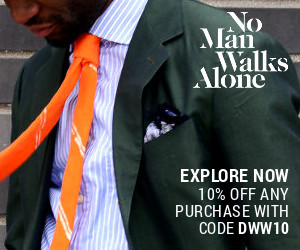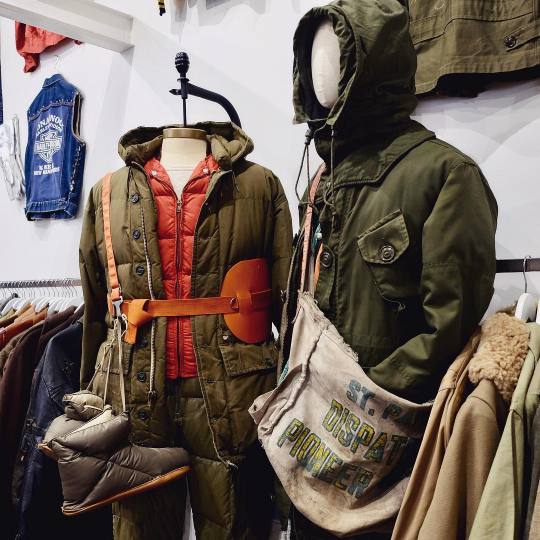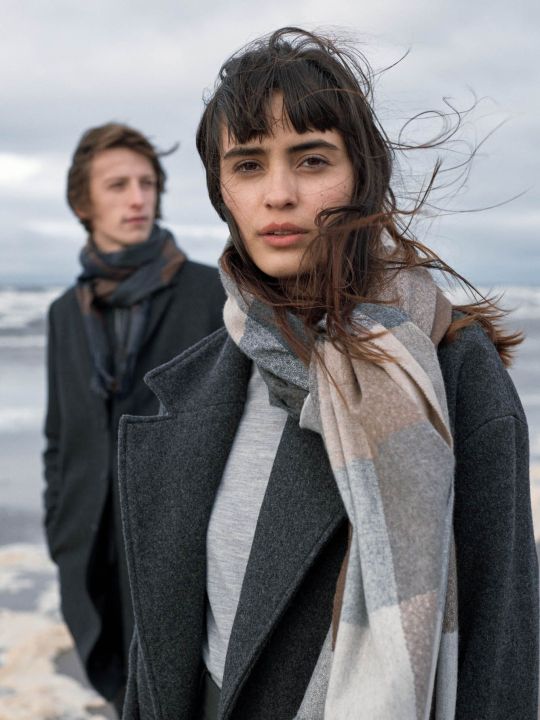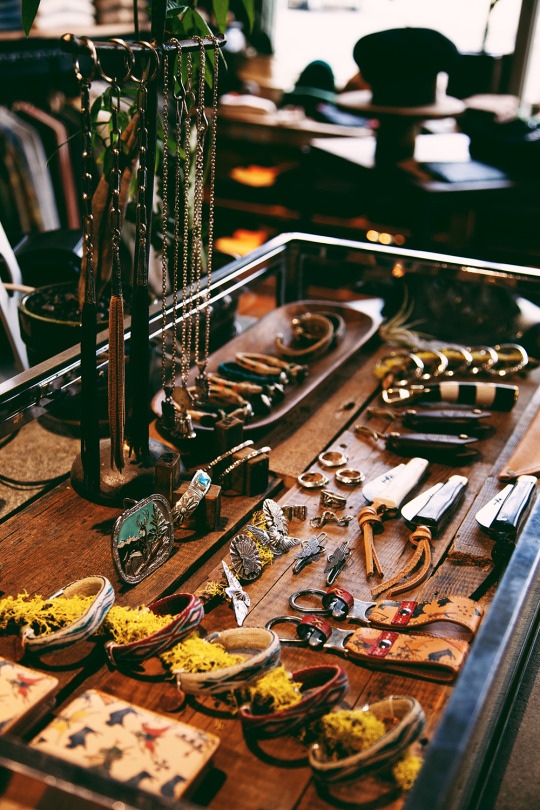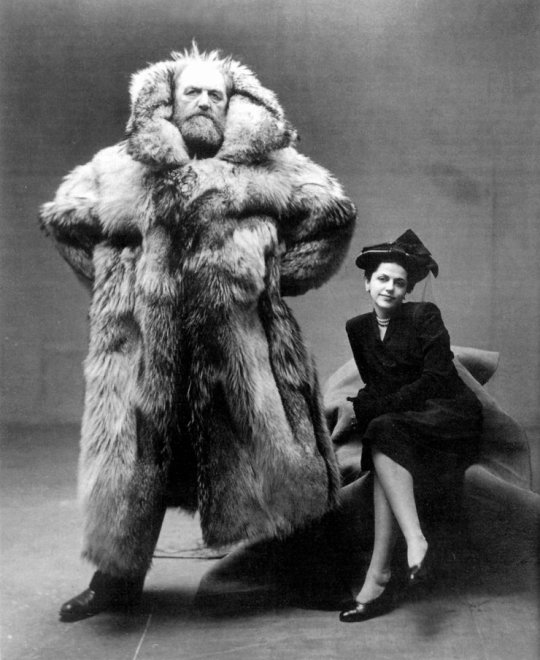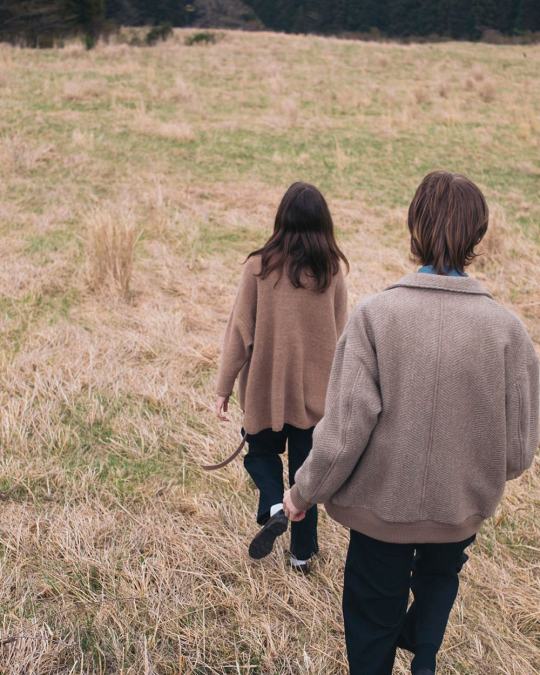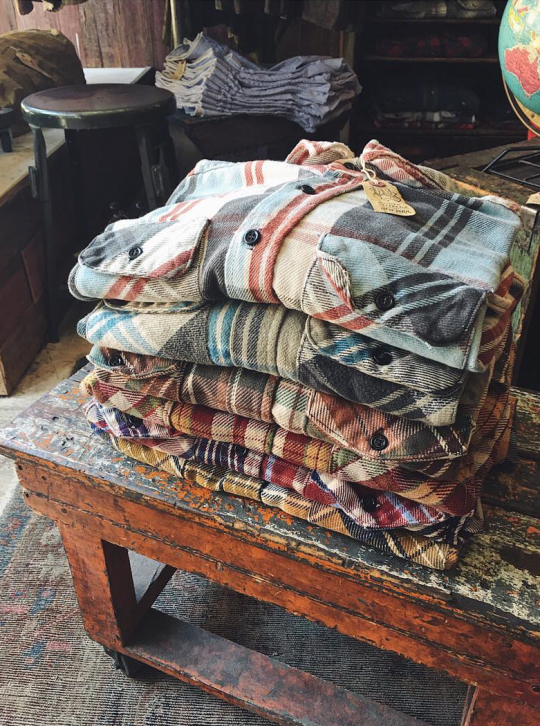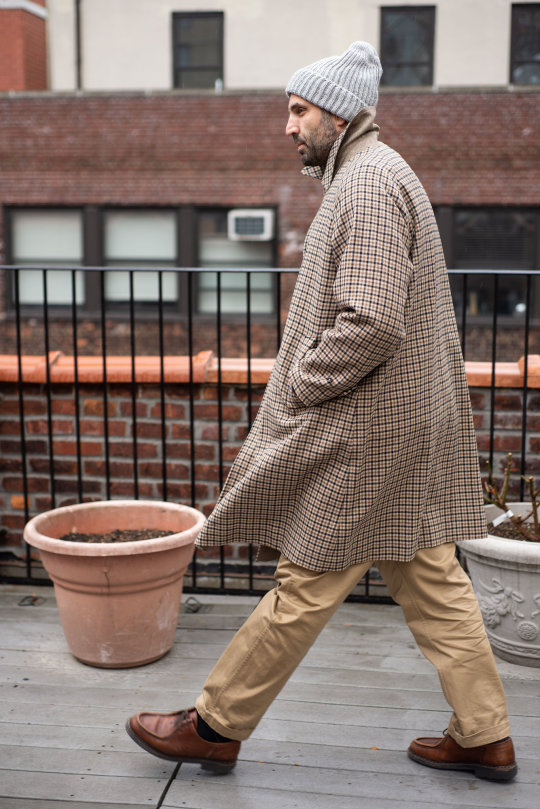
For many men of my generation, who grew up in the 1980s and ‘90s, our first introduction to classic style was at a Ralph Lauren store. That’s where we fell in love with things such as sporting tweeds, chambray work shirts, and the chalky hand of ancient madder. Ralph Lauren didn’t invent these things, of course, but they presented them in a way that felt sexy. Brooks Brothers has been many things, but it has never been sexy.
In some ways, Drake’s is doing that for a younger generation, albeit at a much smaller scale. As the brand has expanded beyond just accessories, taking on tailoring and sportswear, it’s been able to present a fuller vision of how classic style can be worn today. These lookbooks have become incredibly popular in recent years, often getting posted on sites such as Reddit’s Male Fashion Advice within minutes of their release. And much like how Ralph Lauren helped translate classic style for me, I think Drake’s is putting a new spin on the language. Instead of showing pinstripe suits in luxuriously paneled offices, with decor reminiscent of an expensive lawyer’s sanctum, they feature softer takes on classic menswear in more relatable environs. Tweeds and duffle coats are shown being worn at university campuses, seersucker suits in Southern diners, and brushed Shetlands on moss-covered, rocky shores.
This season, the team went to Lanzarote, one of the seven main Canary Islands located just off the coast of Morocco. It’s a short four-hour plane ride from London, making it a popular fly-and-flop destination for vacationing Brits (many retreat there for some much-needed winter warmth). But for Drake’s, the subtropical archipelago was also an excellent solution to a real problem. How do you shoot a spring/ summer lookbook in the middle of January, when it’s snowing in London? To show their collection in a warmer clime, they headed to the one place known as the “Island of Eternal Spring.”
Keep reading





